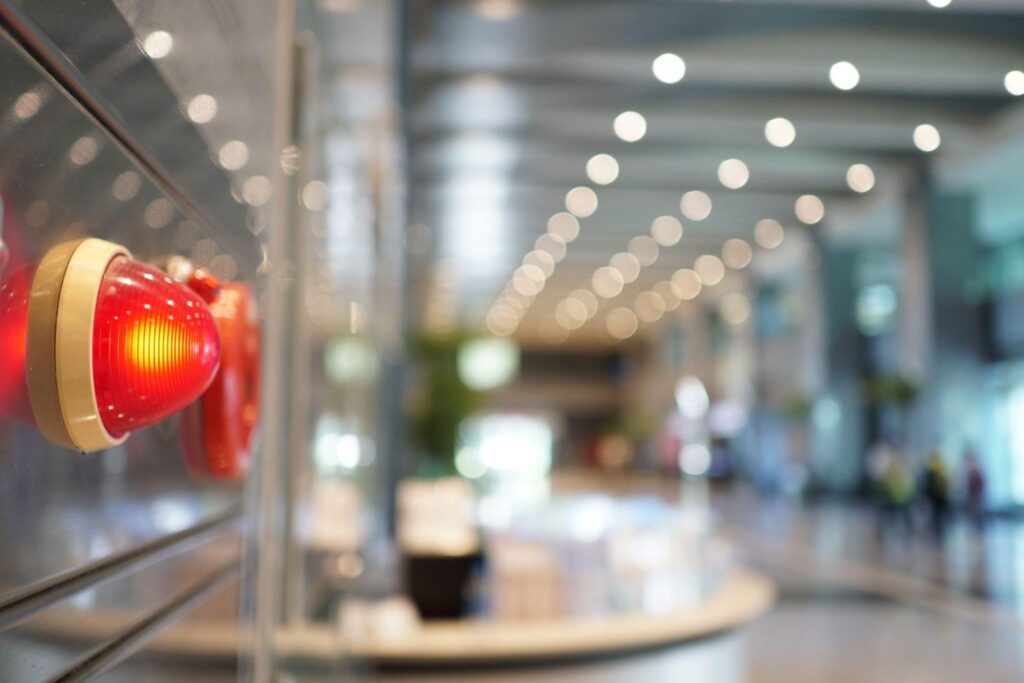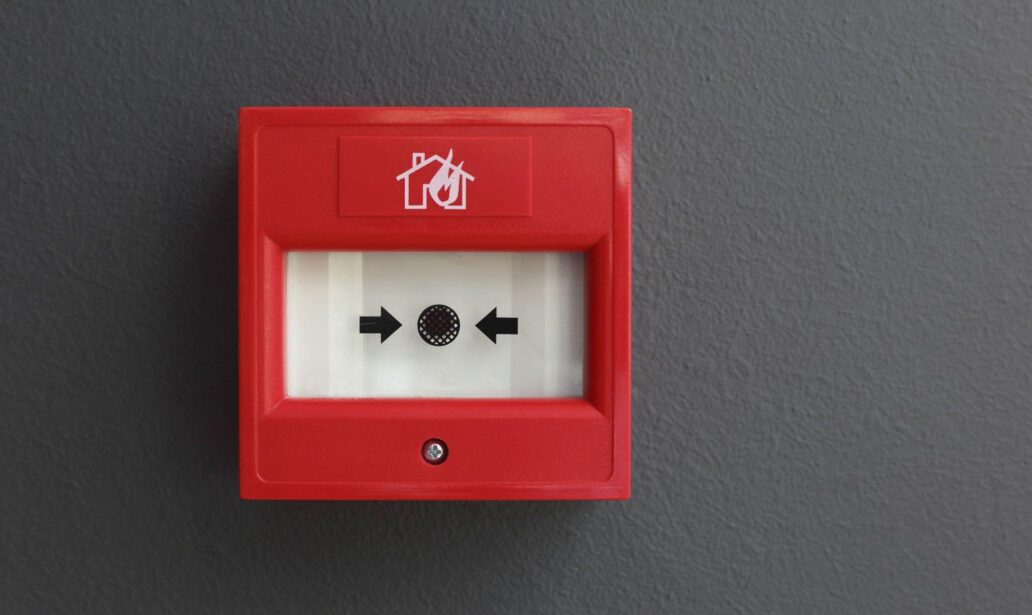In Malaysia, fire safety is a crucial concern that should not be overlooked. Having a reliable fire alarm system installed in your home or business premises is vital to ensure the safety of occupants and minimize property damage. Understanding the key components of a fire alarm system and their functions is essential for every Malaysian. In this article, we will explore the important components of a fire alarm system and how they work to protect lives and property with SCA Malaysia.
Components of a Fire Alarm System
Smoke Detectors:
Smoke detectors are one of the fundamental components of a fire alarm system. These devices are designed to detect the presence of smoke in the air, indicating a potential fire. Smoke detectors use either ionization or photoelectric technology to sense smoke particles. Ionization detectors are more responsive to flaming fires, while photoelectric detectors are better at detecting smoldering fires. When smoke is detected, the alarm is triggered, alerting occupants to evacuate and initiating further fire safety measures.
Heat Detectors:
Heat detectors are another essential component of a fire alarm system. These devices are designed to sense a rapid rise in temperature, indicating a fire. Heat detectors are particularly useful in areas where smoke detectors may not be suitable, such as kitchens or garages, where cooking fumes or vehicle exhaust can trigger false alarms. Heat detectors can be either fixed temperature or rate-of-rise detectors. Fixed temperature detectors activate when a specific temperature threshold is reached, while rate-of-rise detectors trigger an alarm if the temperature rises rapidly.
Fire Alarm Control Panel:
The fire alarm control panel serves as the brain of the fire alarm system. It receives signals from various detectors and initiates appropriate responses. The control panel displays the status of each component, allows manual control of alarms, and provides emergency communication with fire authorities. In the event of a fire, the control panel activates audible and visual alarms, alerts emergency services, and may also activate other safety measures like sprinkler systems.

Notification Devices:
Notification devices, such as sirens, horns, strobe lights, and voice evacuation systems, play a crucial role in alerting occupants during a fire emergency. These devices provide both audible and visual signals to ensure that everyone is aware of the situation and can evacuate safely. Notification devices are strategically placed throughout the premises to maximize coverage and ensure that the alarms are heard or seen in all areas.
Conclusion
Investing in a reliable fire alarm system is a crucial step in safeguarding lives and property from the devastating effects of fires. Understanding the key components of a fire alarm system and their functions is essential for every Malaysian. Smoke detectors, heat detectors, fire alarm control panels, and notification devices work together to detect fires, alert occupants, and facilitate timely evacuation. By implementing a comprehensive fire alarm system, Malaysians can significantly enhance their fire safety measures.
Remember, regular maintenance and testing of fire alarm systems are equally important to ensure their optimal performance. Engage professional fire safety service providers to inspect and maintain your system regularly. By prioritizing fire safety and staying informed about the key components of a fire alarm system, Malaysians can mitigate fire risks effectively and protect their loved ones and valuable assets.
